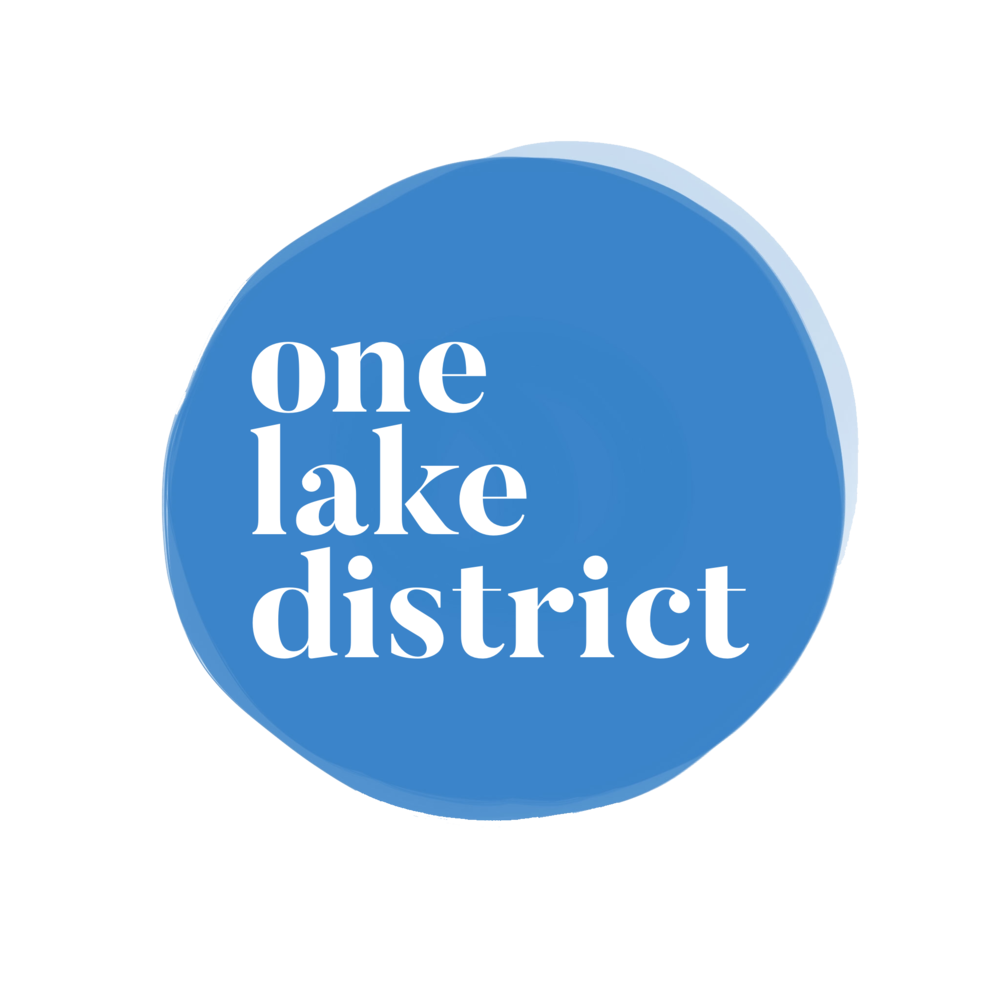Best Wild Swim Spots near Ennerdale Bridge
ALL THE BEST LAKE DISTRICT SWIM SPOTS, ALL IN ONE PLACE - CLICK HERE
Although the crystal clear waters of Ennerdale Water look tempting, wild swimmers must resist the urge to jump in due to the waters status as a reservoir. Reservoirs are dangerous to swim in due to their cold temperatures, isolated locations and strong currents. Its not all bad news though, there are a range of nearby wild swimming spots less than an hour away with equally clear water that are safer to explore…
Wastwater
Around a 40 minute drive from Ennerdale Bridge in the idyllic and remote Wasdale Valley sits the deepest lake in the Lake District; Wastwater. This quiet spot is popular amongst wild swimmers due to its wild location and calm waters. Powered craft are not permitted on the water making this a relaxing swim overlooked by Great Gable at the head of the lake and surrounded by a backdrop of imposing fells including Lingmell and Scafell Pike. The lake measures around 3 miles long providing plenty of space for an idyllic open water swim as well as being a perfect place for a relaxing dip with a number of spots to sit on the shoreline. The lake is accessible via a remote road through the valley with parking along the side.
Floutern Tarn
Floutern Tarn is a long thin body of water just north of Great Borne in the western lakes. The tarn is small and nestled under the crags of Great Borne at 1240 ft and is one of the lesser-known tarns in Lakeland. This high up swim in the wilderness is perfect for a private, quiet swim or dip away from the crowds. Be aware due to its height it can be cold and windy at times. The tarn is accessible by foot only via Floutern Pass between Ennerdale and Buttermere.
River Ehen near Longlands Lake
The River Ehen has many crystal clear swimming pools around the Longlands Lake area, which are perfect for a summer dip, and is popular amongst local children in the warmer months. The lake and parts of the river are mid-way between Egremont and Cleator. The riverbanks and lake are accessible from the Longlands Lake car park in Cleator around 10 minutes drive from Ennerdale Bridge. There is a footpath surrounding the lake providing plenty of access points into the water. Explore the nearby banks of the river for little pools and riverbanks for a post-swim picnic. The Coast to Coast path passes over the River Ehen on Blackhow Bridge meaning this can be a popular area around summertime.
Crummock Water
Located beside Buttermere around 30 minutes away from Ennerdale Bridge, Crummock Water is a remote lake with little boat traffic. The two lakes of Crummock Water and Buttermere were originally joined as one before historical glacial activity washed debris down from the surrounding hills creating the land now separating the water. A bonus for wild swimmers, creating two lakes to explore! Crummock water is 2.5 miles long providing opportunity for swimmers to stretch out and cover a bit of distance. The lakes deepest point is 42 metres making this a deep, cold-water swim for strong experienced swimmers. To reach the lake, a 4km hike is required from Buttermere, providing an ideal warm up to prepare for your swim!
Buttermere
Buttermere lake is one of Cumbria’s smallest lakes, sitting quietly amongst the surrounding mountains of the High Stile range, Fleetwith Pike, Haystacks and Robinson. The towering fells provide the perfect mountain backdrop for a picturesque swim. It takes around 30 minutes to drive to Buttermere from Ennerdale Bridge, with the area sharing qualities of remoteness and wilderness. The lake is 1.25 miles long, offering a fair distance for open water swims. The lake is easily accessible from its eastern point via Honister Pass.
Loweswater
One of the lesser-known of Buttermere’s three lakes, Loweswater is ideal for a quiet, private swim surrounded by the fells and woodland. A well-maintained footpath surrounds the lake offering a range of accessible spots and beachy areas to enter the water. Although many swimmers still enjoy the water, it is important to note some swimmers avoid Loweswater during the summer months due to the chance of blue green algae blooming in hot weather.
